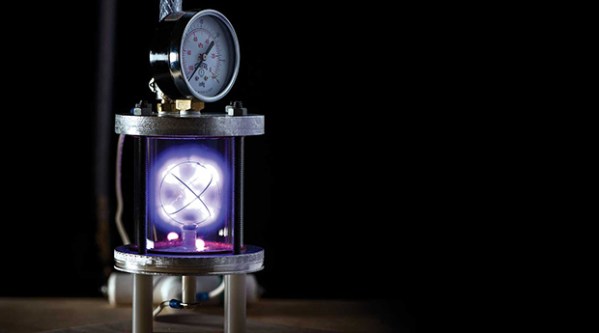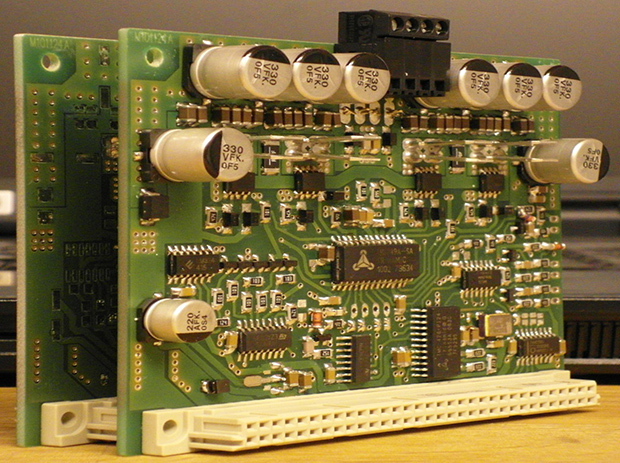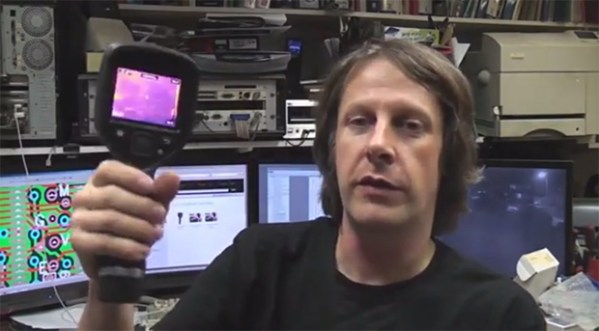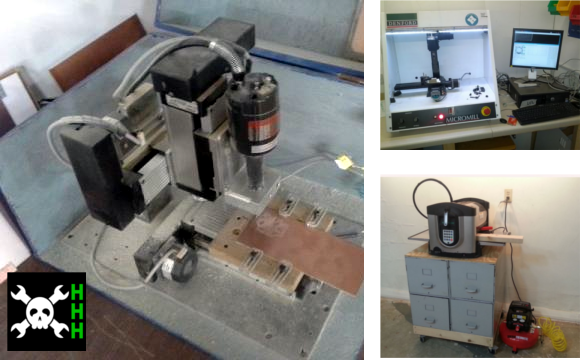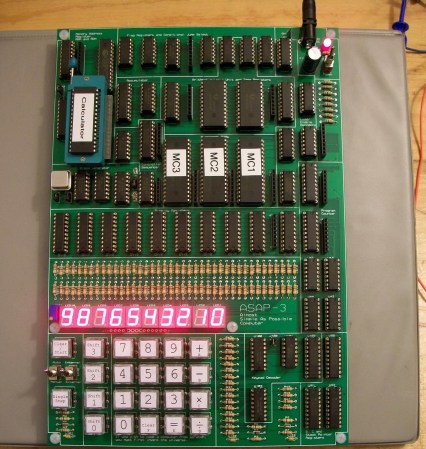By far the coolest projects we see are those dealing with high voltages and deep vacuums. Vacuum tubes of all types fall into this category, as do the electron microscopes we see from time to time. The king of all vacuum and electron hacks is the Farnsworth Fusor, a machine that will both transmute the elements and bathe you in neutrons. Fun stuff, and [Daniel] has a great tutorial for building your own.
[Dan]’s fusor is surprisingly simple to make. Obviously, the most important part is the vacuum chamber which in this build is based around a glass oil cup cylinder. With just a few roughly machined parts – the only tool needed to make the metal plates is a drill press – it can hold a low enough vacuum to contain a star in a jar.
For reasons of safety and sanity, [Dan] isn’t running his fusor at a high enough voltage to actually fuse deuterium into helium. This is really just a beautiful, glowey demonstration of what can be done with enough knowledge, the skills, and a handful of parts.

